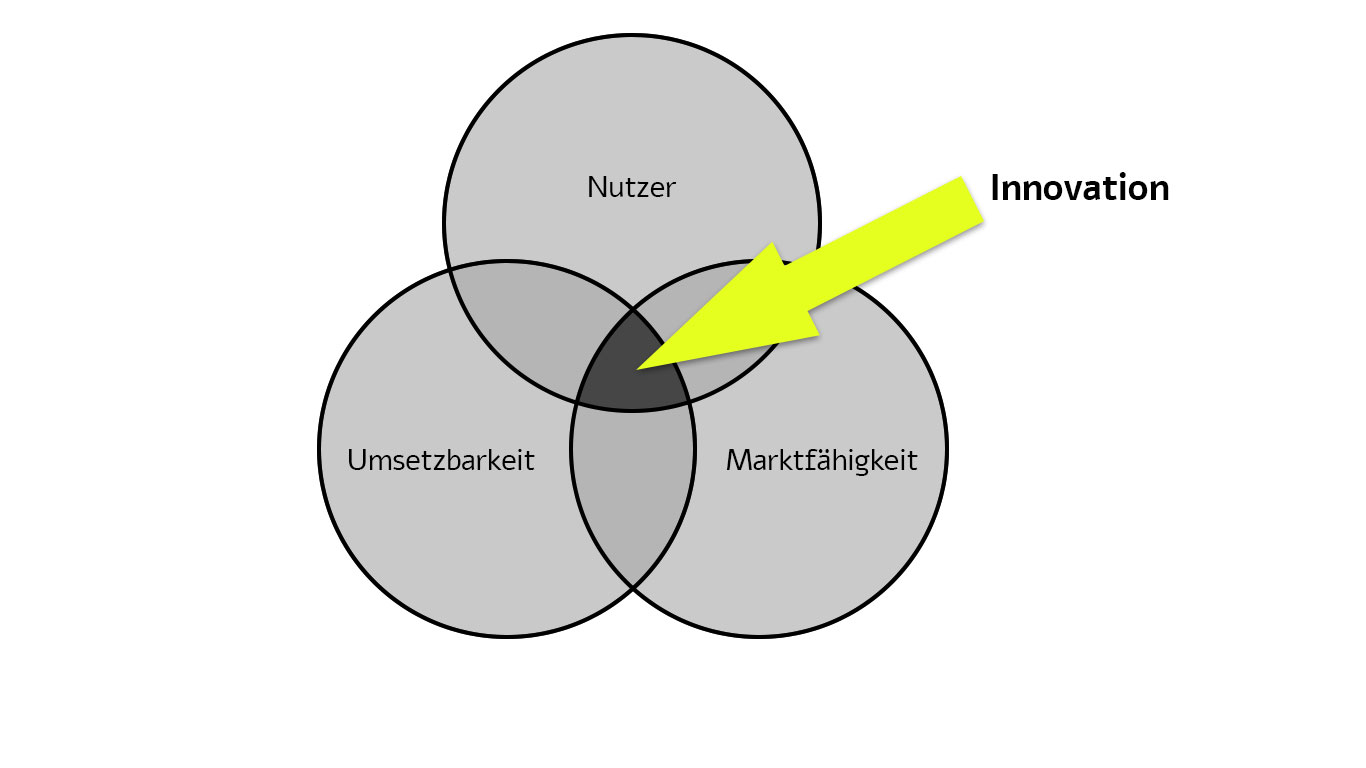Innovative business ideas and strategies for digital transformation
Digitalization is adding new fields and companies need to adapt their management accordingly. Ideally, a digital strategy should be devised to embrace digital media (or"new media") in such a way that it fulfills the company's goals and intentions. Digital technologies are therefore used effectively to optimize the company's internal and external processes.
A digital strategy is indispensable. It makes no sense to use new technologies without a concrete idea.
What do you want to achieve by using them? Where do I want to go in the long term? What will I achieve?
Digital technologies should be integrated into the workflow in such a way that they support the company's strengths and fit into the business model. The implementation of strategic measures is then referred to as the digital transformation of a company.
The fields of a digital strategy
With a successful digital strategy, the company enters into dialog with current or future customers. If a digital strategy is implemented correctly, the company becomes more agile and competitive.
Digital marketing uses all forms of new digital media to promote the company. Whether you want to focus exclusively on customer acquisition or, for example, increase profits depends on your personal goals. In most cases, one influences the other anyway.
Once the company's goals have been clearly defined, the individual areas of the company can address them.
So which business areas do digital strategies cover?
- New digital business models
- Customer communication
- Expansion of existing products
- Internal processes
Design thinking as a solution approach for possible innovative business ideas
The digitalization of analogue technologies has created new opportunities for developing ideas. Design thinking is a solution approach that is intended to help develop and implement innovative new ideas. The aim is to systematically solve complex problems. This method differs from other so-called innovation methods as, in contrast, the focus here is on user wishes and needs and not, as in most cases, exclusively on technical feasibility. The principle is used by designers of all kinds - web designers and architects, for example.
Innovation is at the center of the considerations. Innovative considerations cover three main areas:
- the user
- marketability
- feasibility
Developing innovative ideas

An idea can therefore be innovative if it covers all three areas. Innovative considerations based on the principle of design thinking focus on the user and consider whether the idea is feasible and profitable. Design thinking can help with product development and product enhancement. However, design thinking can also help to develop potential sales models, for example.
Design thinking process - the individual steps and requirements
Design thinking means working together in a creative team - usually from different areas - and searching together for the optimal solution. Team members from different specialist disciplines work together. Ideally, the knowledge and experience of the team members complement each other.
- Gaining empathy
During the process, design thinking requires you to put yourself in the role of the user. In order to achieve practical results, you need to be able to act empathetically. To solve problems, you have to imagine different scenarios. - Definition
Challenges and possible problems must be defined. In design thinking, you observe the needs of the target group, analyze them and then define them. The insights gained from this are the starting signal for generating ideas. - Prototyping
Prototypes are created in design thinking so that the ideas can be implemented. Rapid prototyping is a method in which the end product is approached step by step. During rapid prototyping, interactive prototypes are developed that can be quickly changed or replaced based on feedback from colleagues. - Ideas
Prototyping makes ideas verifiable. - Test
Every error message that is detected early on helps the innovation process to progress. The tests are relevant for analyzing how high the quality of the end product is. It is also quite possible that no satisfactory results are achieved at first - but then you know which options can be ruled out.





